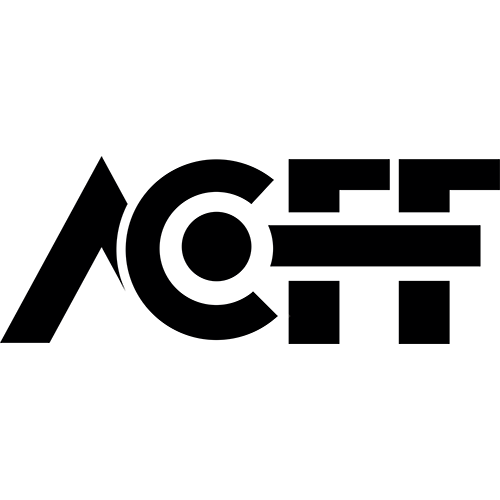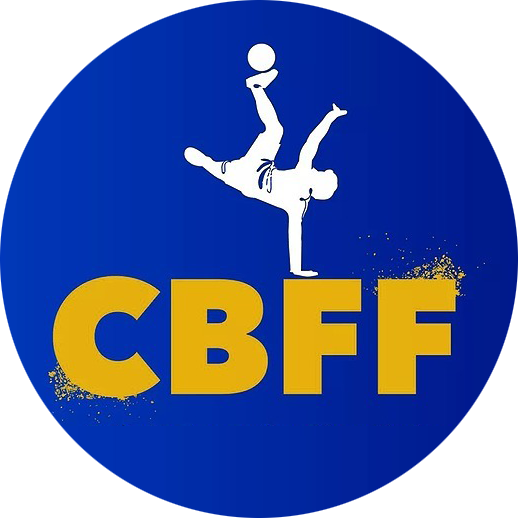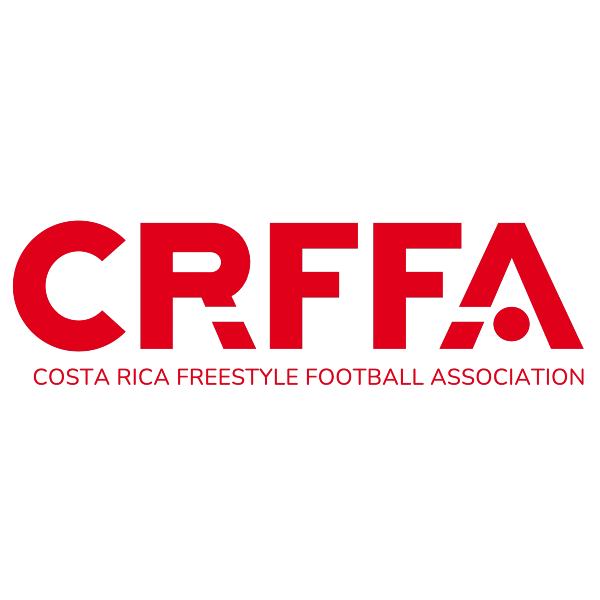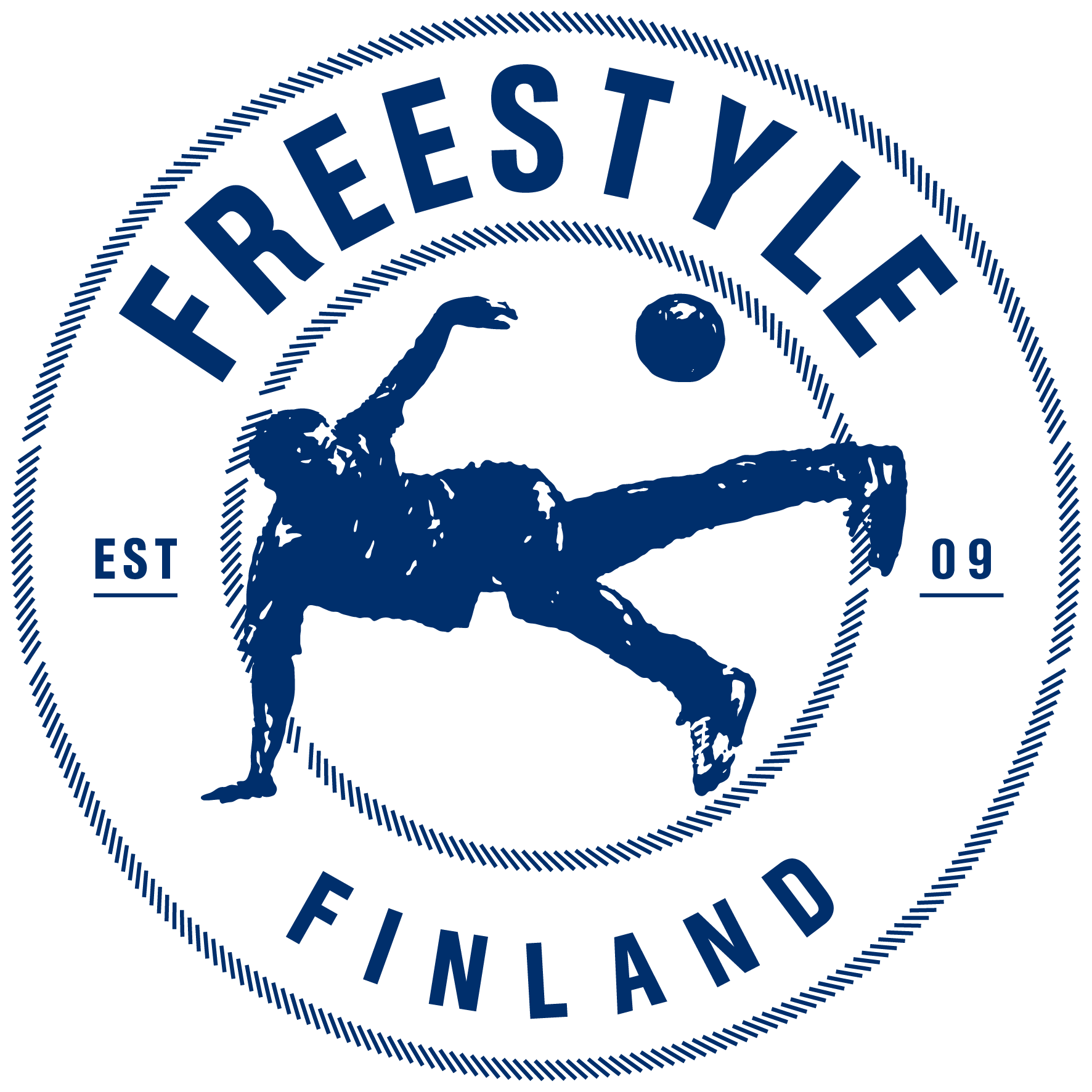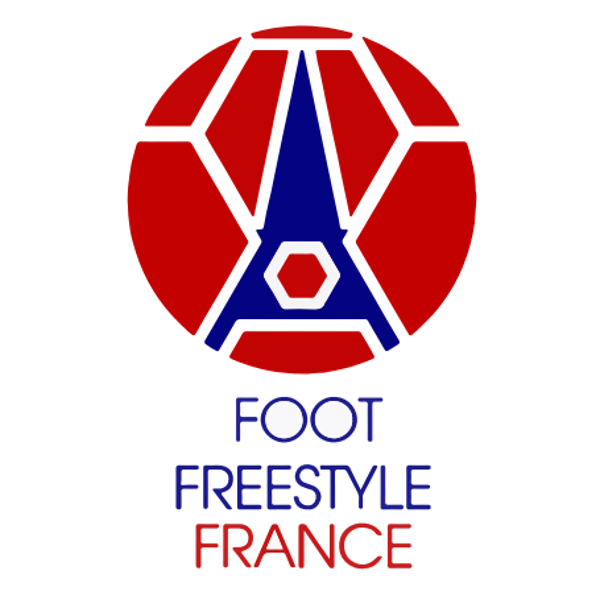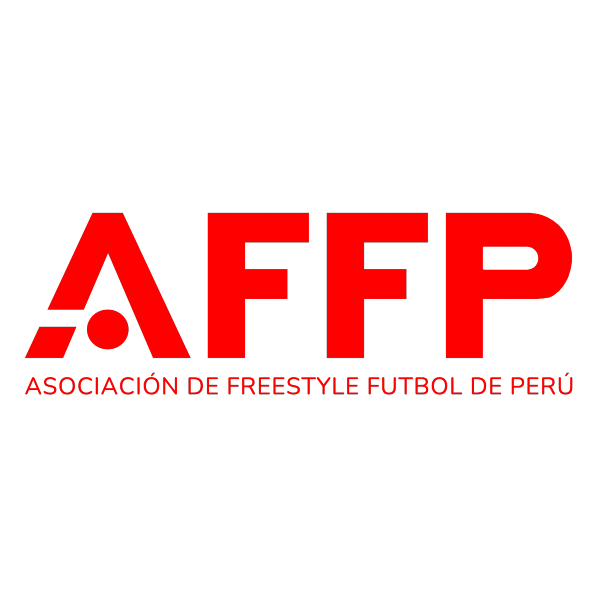Freestyle Football is, put simply, the art of doing tricks with a football. Anyone scratching the surface, however, will soon discover that it is way more: for freestylers today, the discipline is an art form, a sport, and a lifestyle.
It’s difficult to pinpoint the exact moment in time where freestyle truly began. Over 2,000 years ago, games such as Chinlone, Jianzi and Sepak Takraw in Southern and South East Asia all embraced many skills that relate directly to the art and sport as we know it today; in the West, disciplines such as the Greek Episkyros also paved the way for the ball games that would develop later on.

In the XIXth century, fundamental freestyle tricks of nowadays such as the Neck Stall and the Around The World were first performed by circus artists such as Enrico Rastelli and Francis Brunn: watching their performances today, it is easy to spot many similarities to every modern-day freestyle. Despite the likeness, however, these primitive versions of the sport were not truly Freestyle Football: they were essentially ball juggling.
During the decade of the 80s, in the XXth century, freestyle became strongly linked with association football. Diego Armando Maradona, probably the best footballer in the world at that time, was the first person to perform moves that we now consider fundamentals of Freestyle Football on a global stage: to many analysts, this could be regarded as the foundational moments of Freestyle Football.
Besides the legacy of Maradona, the actual founding fathers of the sport are widely considered to be Mr. Woo and Kang Sung Min, two South Korean freestylers who would train with a football for up to 8 hours a day, developing this newfound art form. Later, it was Mr. Woo who carried Freestyle Football through the nineties virtually alone, showcasing new tricks such as sole juggling to audiences all over the world.
In these early times, back in the 1990s, Freestyle Football was considered a novelty and only practised by a handful of people across the globe: Freestyle Football needed another push to really develop itself. At the beginning of the new millennium, several significant events helped propel the discipline into a new era, giving it a distinct identity for the first time. Brazilian football icon Ronaldinho starred in sports brand commercials alongside Mr. Woo, which glamorised freestyle. In the meantime, Dutch freestyler Soufiane Touzani introduced a new style of lower tricks; thanks to the Internet and the fast-developing mobile industry, his videos travelled like wildfire. Suddenly, everybody knew what freestyling meant. This inspired millions, and Freestyle Football as we know it was born.
Once the sport began growing and expanding, freestylers around the world realize that there were no rules and no limitations. Different styles were developed: lowers, uppers, sitdowns, grounds, blocking… Because of the huge influx of newcomers to the sport, there was a sudden urgency to leave your own mark on the culture, meaning that the difficulty and level quickly rose.

The next step for Freestyle Football to continue evolving and developing was to host live competitions: battling one on one for national, continental and world titles would give freestylers a new sense of meaning to their daily training. The first major tournament of this kind was Red Bull Street Style, hosted for the first time in Sao Paulo, Brazil in 2008. French freestyle legend Séan Garnier won the first edition of the competition with a unique style and look that fascinated the public eye.
Just one year later, in 2009, the sport witnessed another key milestone: the celebration of Super Ball, the first open world championship. This tournament allowed the competitive environment to self-organise, recognise itself as a true community and grow. The creators of Super Ball established different contests within the event, a decision aimed at catering for freestylers with ranging styles that effectively illustrated that there is not just one true way to judge a freestyler. Super Ball was, and still is nowadays, a competition for freestylers, by freestylers: today, the tournament is hosted annually in the Czech Republic and has become somewhat of an annual pilgrimage for freestylers from all corners of the world to come together and celebrate the culture and progress of Freestyle Football.
The first iteration of the World Governing Body was established in 2011 in the UK. In 2017, after several attempts of unifying the burgeoning yet chaotic global Freestyle Football scene, the World Freestyle Football Association was established by leading freestylers and personnel from within the scene to develop support and structure for this exciting culture and sport. Today, Freestyle Football competitions are organised across all habitable contents, the best athletes in the scene are well known to fans around the world, and innumerable videos are being shared by millions of people on a monthly basis. Anyone can get into Freestyle Football: all you need is a ball!
| Want to learn more? | ||
| xxxxxx | x | |
| xx | Click here to watch the full version of Around the World, a documentary about the communities Freestyle Football has generated around itself in the five continents | |
| x | ||
| Click here to watch Pushing Progression, a documentary about the evolution of Freestyle Football presented by Red Bull | ||
For more information about the activities of the WFFA, follow its official channels to get the latest updates!
